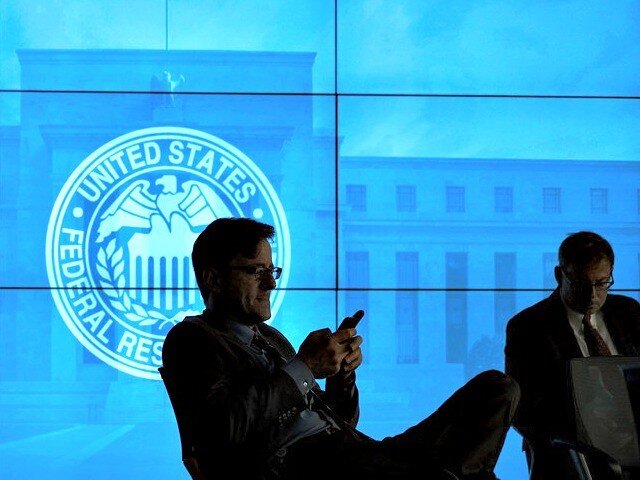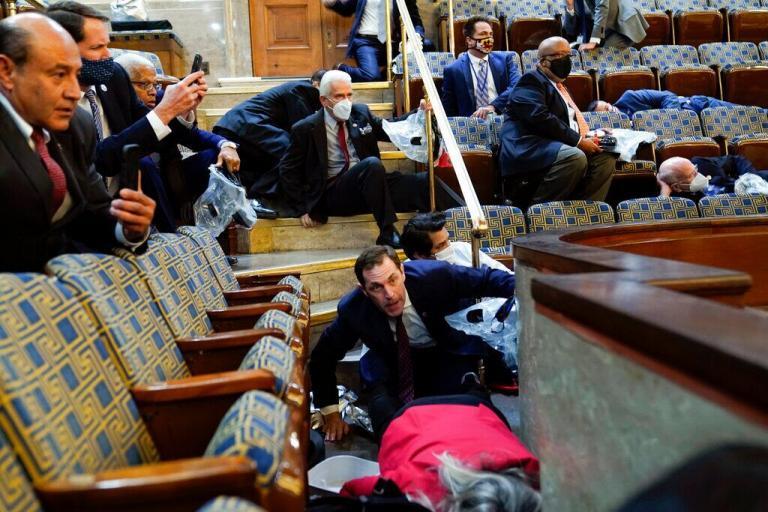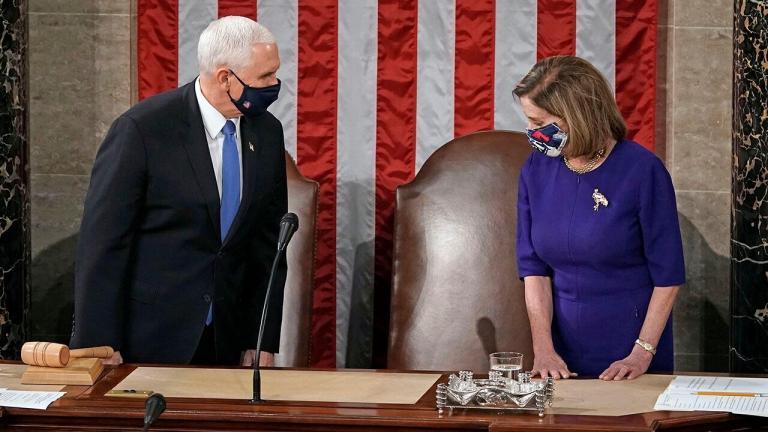The yield on the benchmark 10-year U.S. Treasury note fell as low as 1.194 percent in trading on Wednesday, far below the recent peak of around 1.75 percent in March. According to conventional wisdom, this fall in yields would indicate that investors are less worried about high inflation and more worried about growth slowing.
That’s because the conventional wisdom holds that the Federal Reserve would react to hotter than expected inflation by raising its interest rate target and the interest it pays on reserves, which would be expected to result in higher yields on longer-term Treasuries.
You can see this conventional wisdom play out in the financial media. “Bond Rally Undercuts Inflation Fears,” the Wall Street Journal declared on Wednesday. “Markets Are No Longer Worried About Inflation,” Bloomberg senior editor for markets John Authers wrote the day before.
But is this conventional wisdom right? There are good reasons for doubt.
In the first place, Federal Reserve chairman Jerome Powell has said that he wants inflation to run above the central bank’s two percent target for some time so that over the course of some unspecified time period the average matches the target. To put it differently, the Fed is now targeting average inflation.
In a world of average inflation targeting, inflation can run hot and the Fed’s policy would be unchanged. Bond yields would be expected to stay low because investors believe Powell when he says he’s very far away from yanking rates upward.
The conventional wisdom is built around a Fed inflation target that the Fed has explicitly thrown onto the ash-heap of history.
The second reason for doubt comes from a recent paper by St. Louis Fed vice president David Andolfatto titled “Is It Time for Some Unpleasant Monetarist Arithmetic?” Building on a forty year old paper with a similar title, Andolfatto argues that if the federal government is hellbent on running a large deficit, a central bank that hiked rates would likely only be able to tame inflation by causing a recession and would possibly exacerbate inflation in the long run.
Andolfotta points out that raising the interest rate would increase the interest expense of the government’s debt. Under the conventional approach, this would then force Congress to cut back on the primary budget deficit by reducing spending or increasing taxes. But what if Congress will not cut the deficit? In that case, in order to avoid default, the Fed would have to expand the money supply.
“An increase in the interest rate increases the interest expense of the debt and, if the primary deficit remains unchanged, something else has to give,” Andolfatto argues.
In other words, the Fed would be forced to monetize more of the debt, which would, in turn, create even more inflation.
“In the longer run, an aggressive interest rate policy may contribute to inflationary pressure–at least until the fiscal regime changes. Needless to say, getting the sign wrong on its next policy rate move is something the FOMC will want to avoid,” Andolfatto writes.
Andolfatto says that the correct policy would be for the Fed to hold rates low or even lower them further and “announce a temporarily higher inflation target” as Congress remains in a regime of high primary deficits.
“I am not saying this is happening today or that it will happen in the future. I am saying that it might happen and that if it does, it would be good for monetary policymakers to have a contingency plan in place,” Andolfatto writes.
But the world of a recalcitrant Congress intent on running deficits for as far as the eye can see sure sounds a lot like politics today, so we should probably take this protest with a grain of salt.
If monetary policymakers were to take Andolfatto’s advice, we would expect the bond market to react to the approach of high inflation by lowering bond yields in an anticipation of a Fed becoming more accommodative. Exactly the opposite of what the conventional wisdom holds but a lot like what the bond market is doing right now.
Originally found on Breitbart Read More







